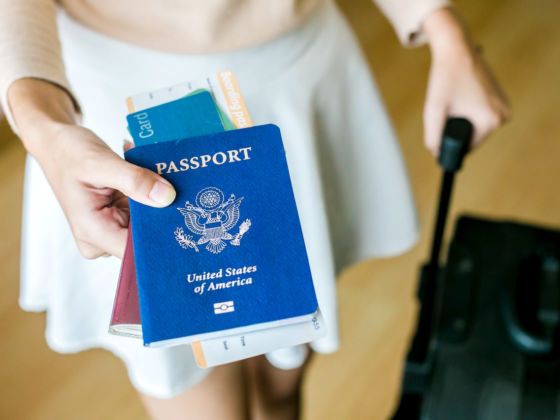Singapore may have the world’s most powerful passport, but there are still plenty of others offering easy access to foreign countries with visas on arrival, easy-to-obtain tourist visas, and working holiday visas. Whether you’re holding a US, Canadian, South African, French, or Brazilian passport, there are certain ways to maximize use of this document to ensure you can legally enter a country and move on to the next. How many of these have you heard of?


Everything You Need to Know About Using Your Passport Effectively While Abroad
Always have six months’ validity.
With very few exceptions, most countries require passport holders from any country have at least six months remaining on their passport book before they’re allowed through immigration. This is to ensure that you have enough time to return to your home country with a valid document, as some tourist visas give you three and six months in the country. Of course, you can always renew your passport at an embassy or consulate abroad, but why go through the hassle?
Take charge at immigration.
Take a look in your passport book. Each page potentially has space for six entry and exit stamps with room to spare, and yet many immigration officials just flip to the first blank page they see and stamp wherever they like.
If you’re not planning on traveling often before your passport expires — filling up the pages, as it were — this isn’t such a big deal, but why waste space, when it means you might have to get a new passport before the old one expires? US passport holders can’t add additional pages anymore.
Sometimes, we can’t see what immigration is doing with our passport and don’t want to say anything to annoy them and potentially deny us entry. However, just pointing out where you’d like them to stamp the document isn’t such a ridiculous request, and can save you time down the line.
Always have at least two blank pages.
Along those lines, many countries require at least 1-2 completely blank visa pages for entry as well. Before planning a trip across SE Asia, I checked how much space I had left in my US passport. It wasn’t due to expire for over a year, but I knew if one immigration official decided to use up my blank pages instead of squeezing a stamp in a corner somewhere, I was going to have a problem. As a result, I ended up paying for expedited service to get a quick renewal.
When you need it, get a second passport.
Your passport is often the only internationally recognized form of ID you can carry. This means that you’ll need it checking into hotels, picking up train tickets, and of course applying for visas when you’re already abroad.
If you’re someone who likes to travel on the fly, it never hurts to have a second passport: one to keep with you at all times, and another to use for visa applications and the like. In addition, it may be the only way you can get a stamp for countries that effectively bar you entry to others; Israel now offers paper tickets in lieu of stamps, but if you’re concerned about visiting countries that might cause problems down the road — North Korea, for example — keep this stamp in your other passport.
Do you have any passport tips?